Blog posts
January 17, 2026
Top Gifts for Fitness Enthusiasts: The Ultimate Christmas Guide 🎄💪
Shopping for someone who loves fitness can be tough. They already train hard, know exactly what gear they like, and tend to be picky about quality. But the good news?...
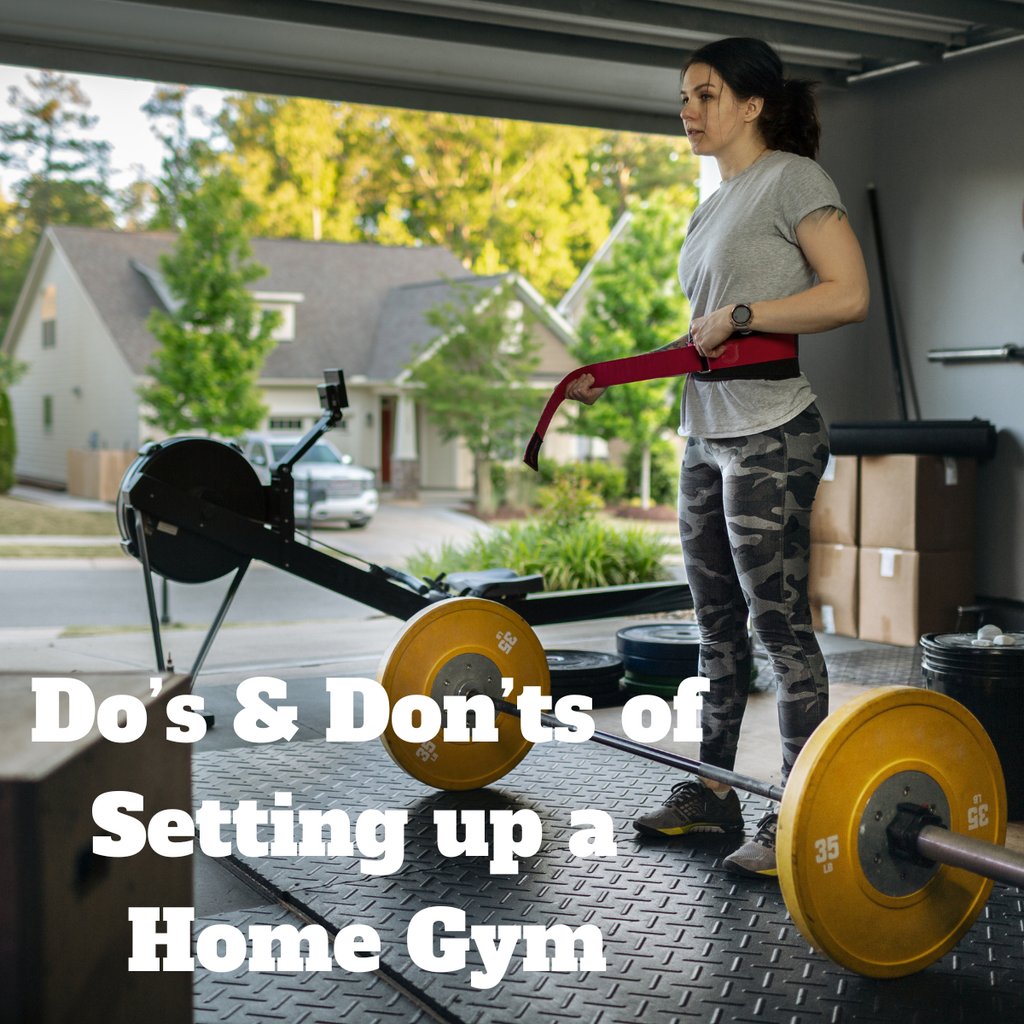
The Do's & Don'ts of Setting up a Home Gym
🏋️♂️ The Do’s and Don’ts of Setting Up a Home Gym Setting up a home gym can be a game-changer for your fitness routine. No more commuting, crowded equipment, or...
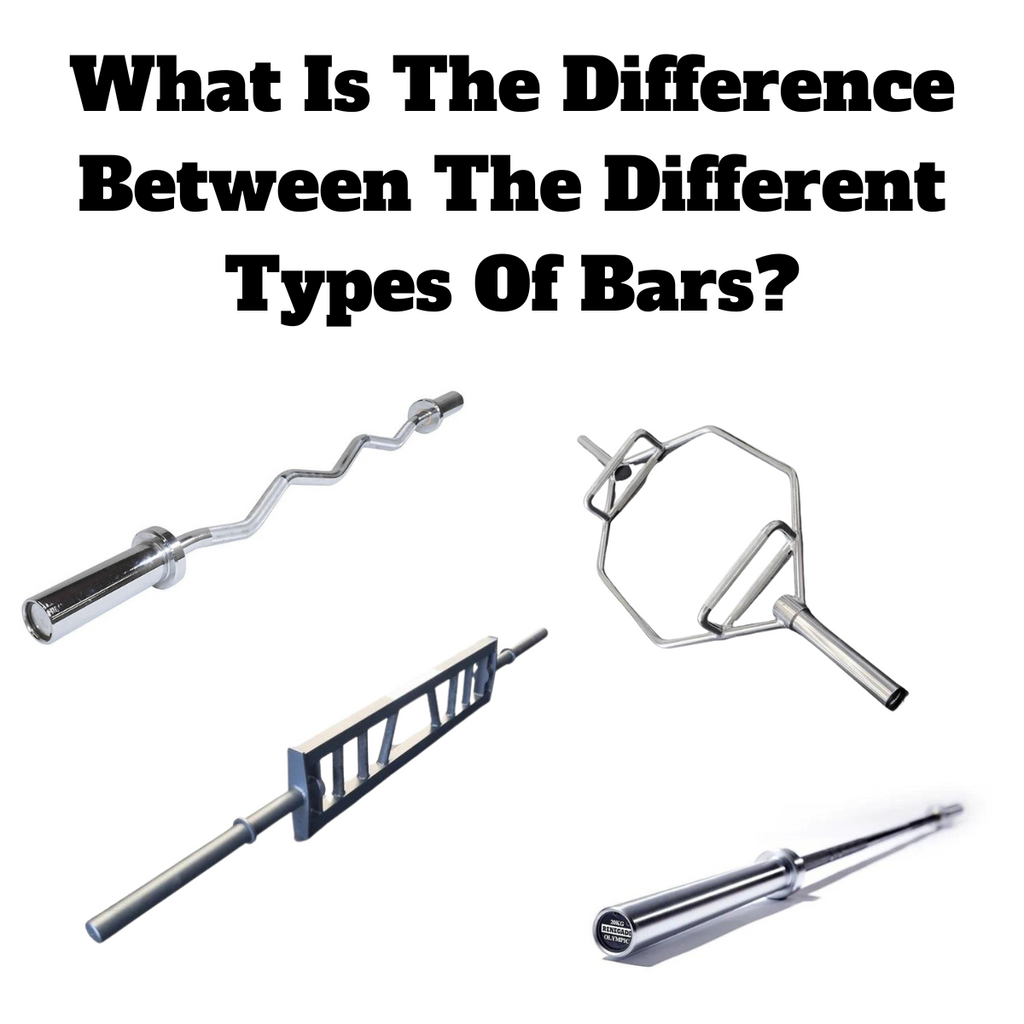
What Is The Difference Between The Different Types Of Bars?
There is a huge range of different types of bars, each with a unique feature and function. Here we will run through the key points that make them unique and...
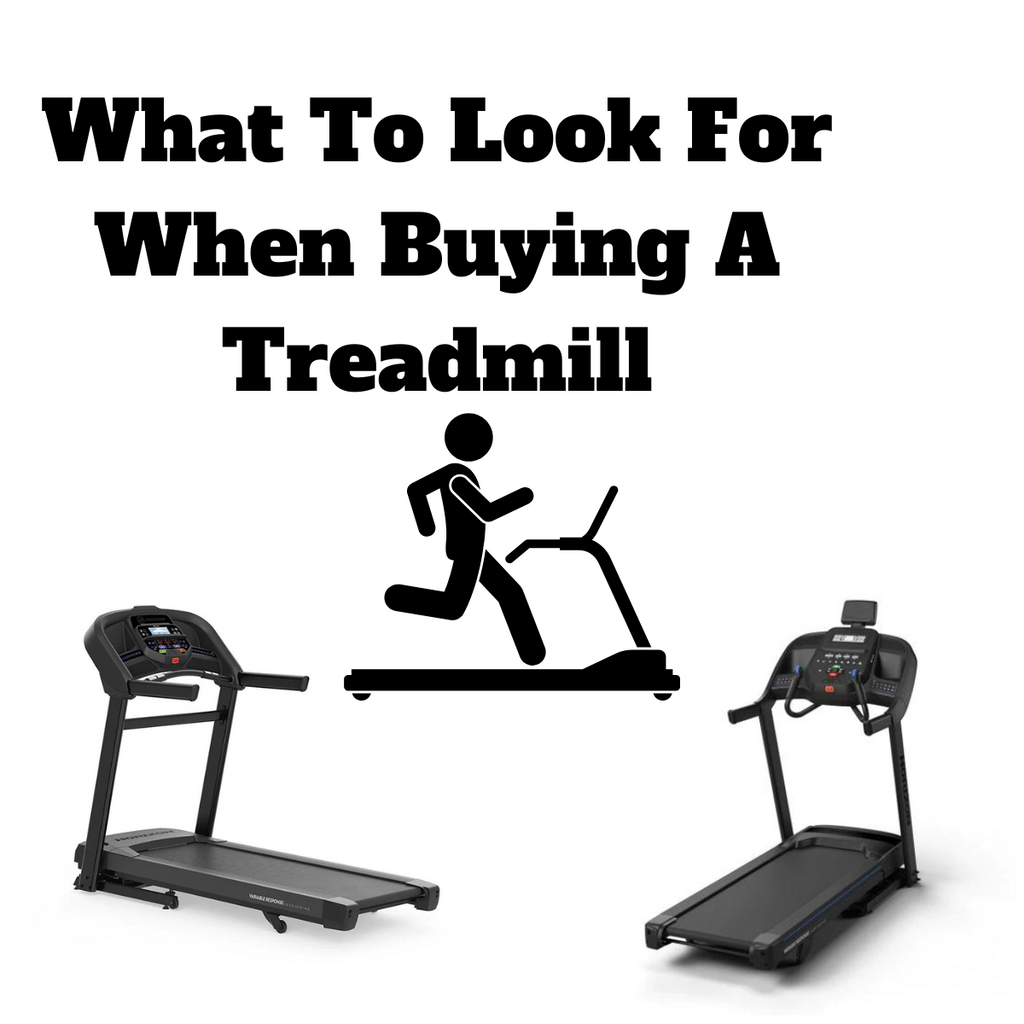
What To Look For When Buying A Treadmill
When in the market for a treadmill it is important to consider the type of exercise you want to do, as well as the extra features that you want for...
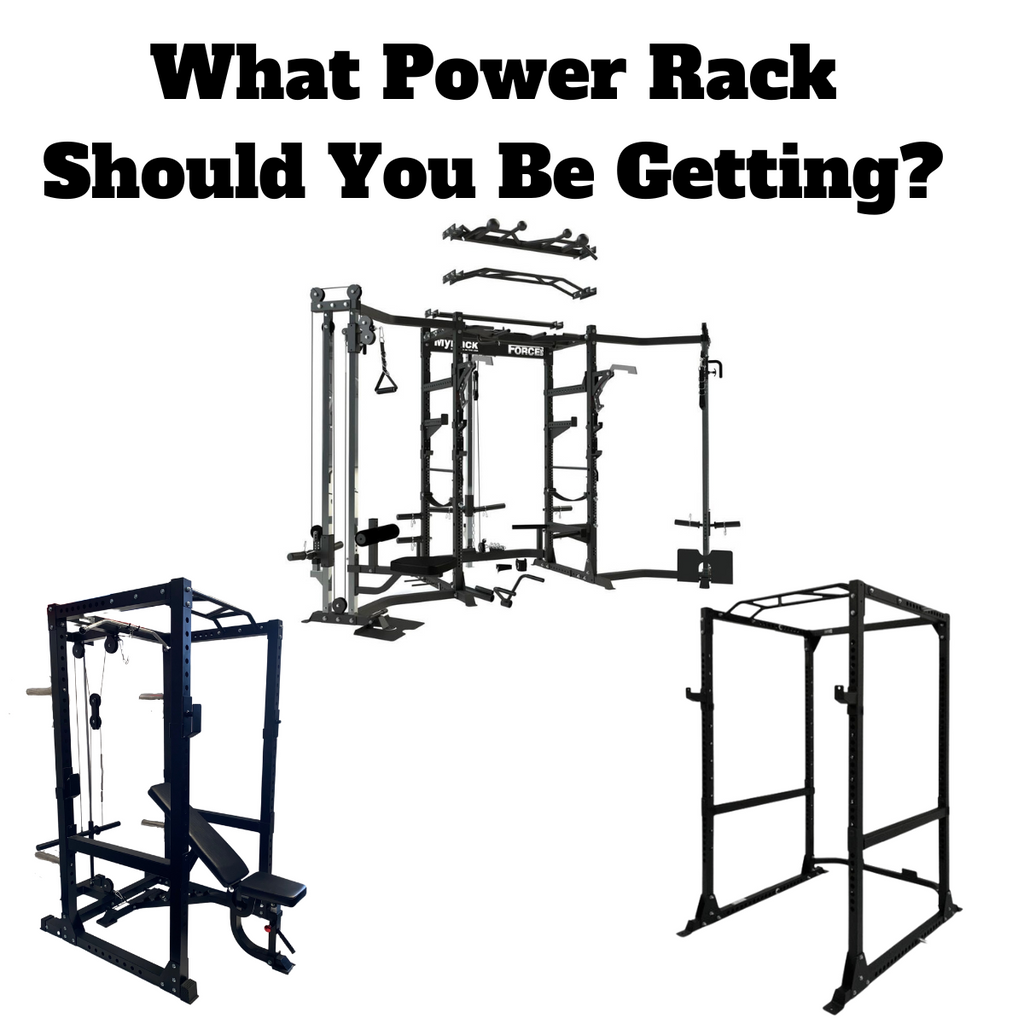
What Power Rack Should You Be Getting?
A power rack, also known as a squat rack or power cage, is a versatile piece of gym equipment designed for safe and effective strength training. It features adjustable safety...
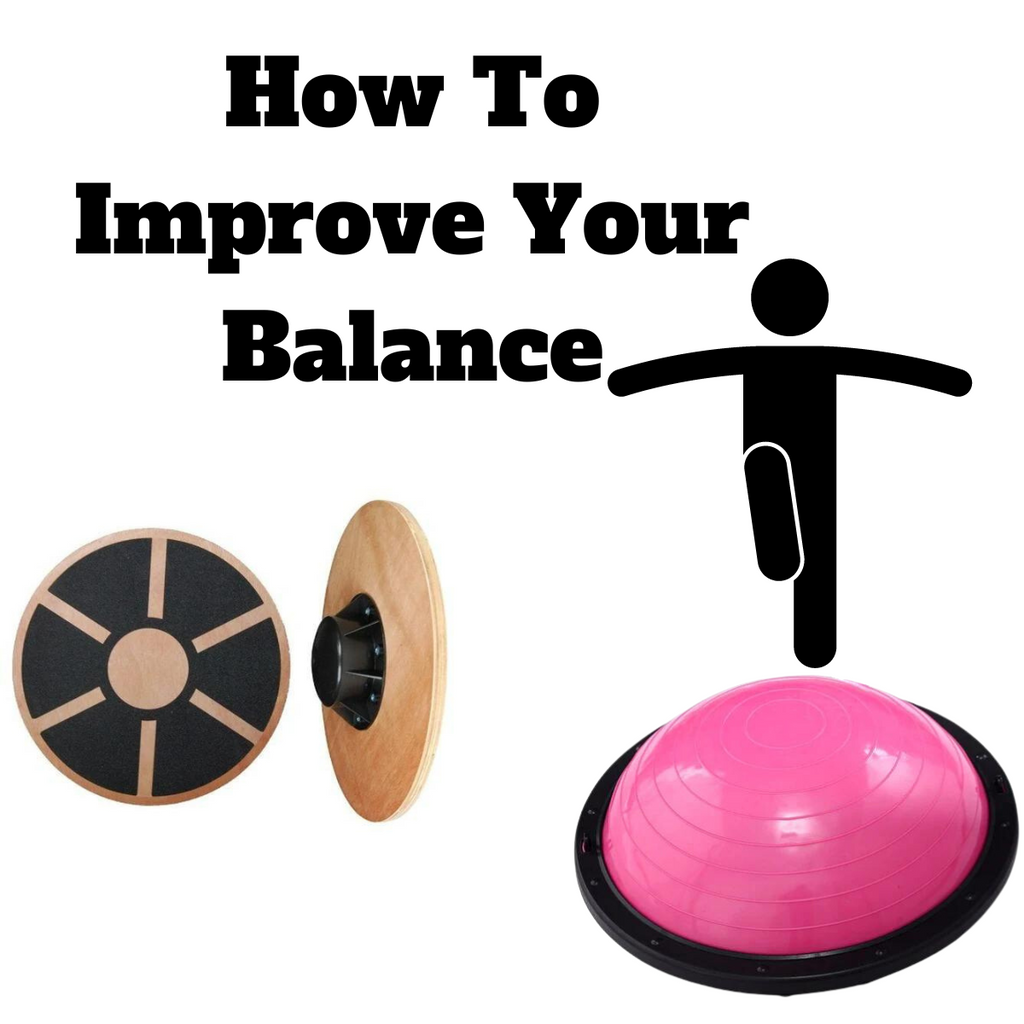
How To Improve Your Balance
Balance plays a crucial role in your workouts, such as Injury Prevention: Improved balance helps prevent injuries by enhancing stability and coordination. It enables your body to adjust and react...
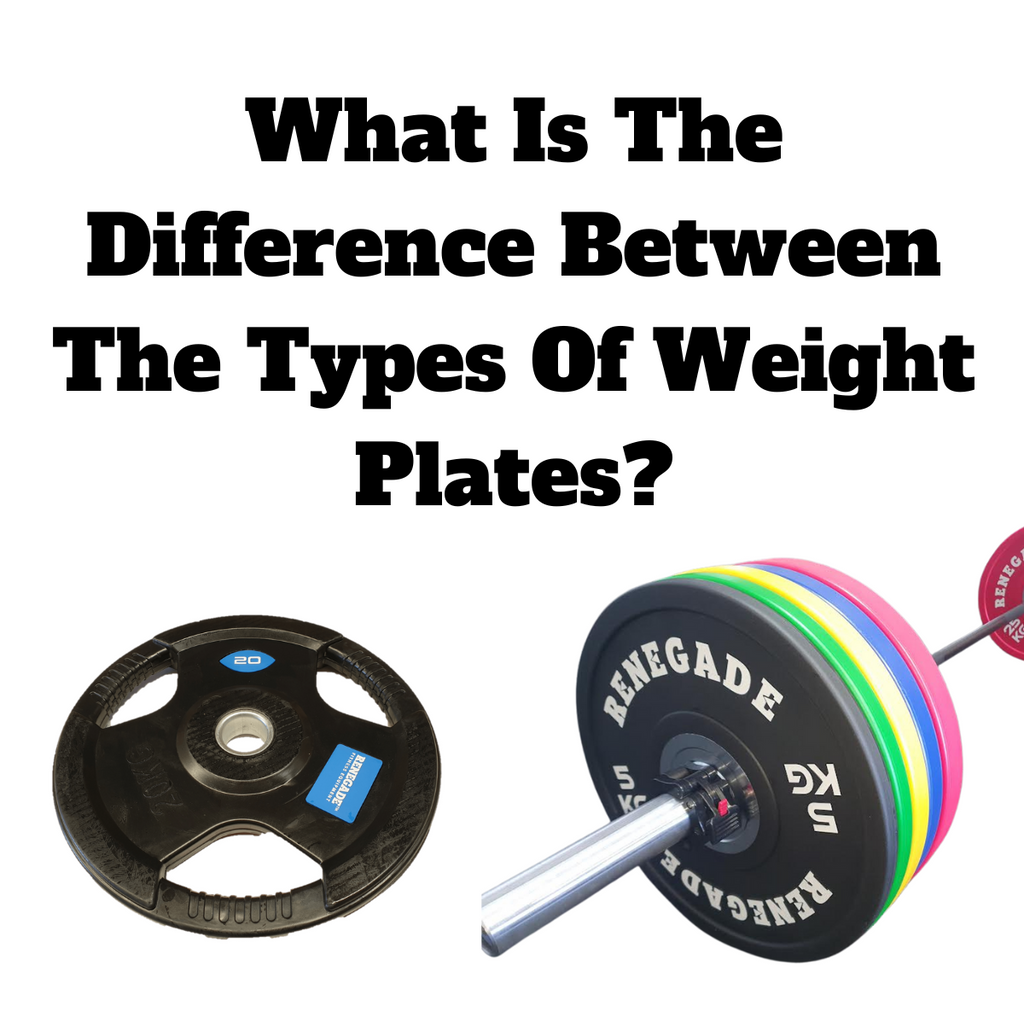
What Is The Difference Between The Types Of Weight Plates?
When looking at what weight plates to get for your gym it is important to understand the differences between them. One of the major distinctions between weight plates is the...

What Is the Difference Between The Force USA G Series All-In-One Trainers?
There are several variations of the Force USA G Series All-In-One Trainers, Each with their own unique features. Across the board the G series machines include a Chin up, Core...
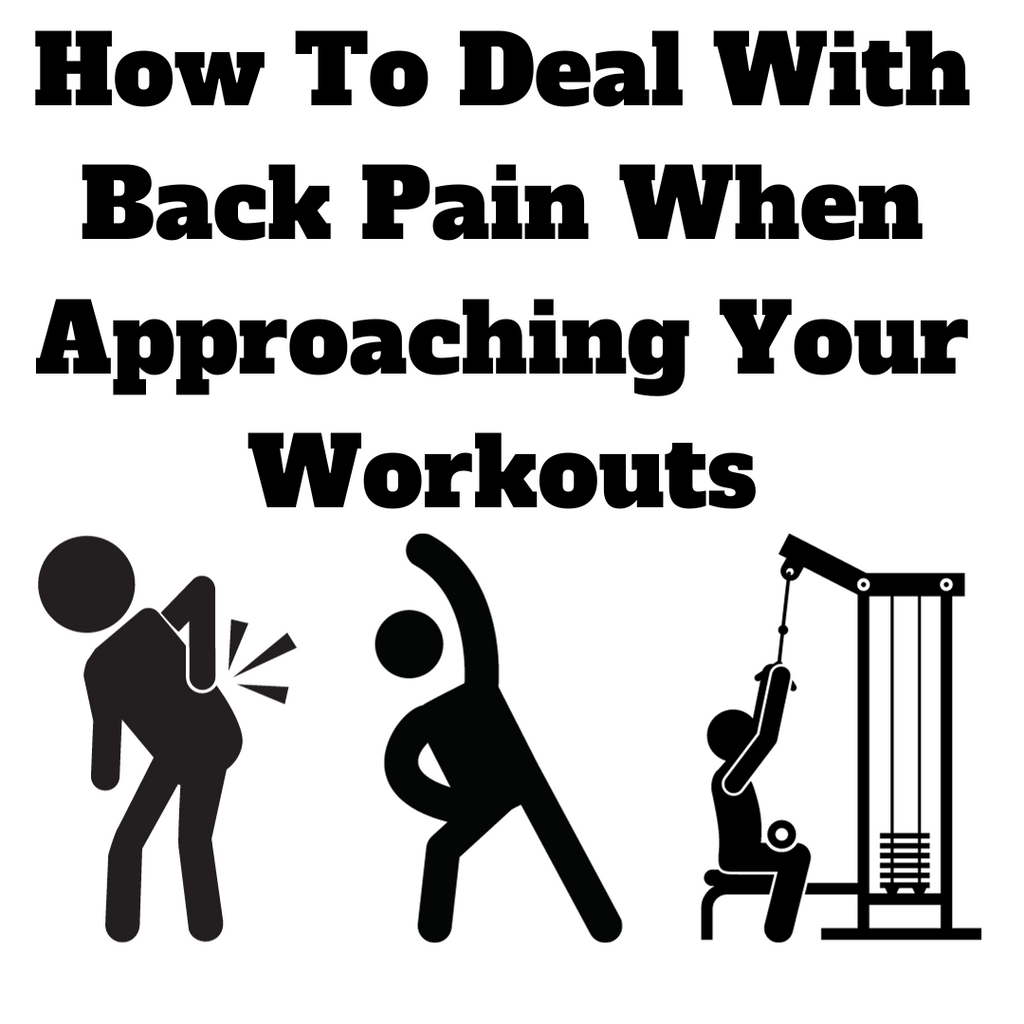
How to deal with back pain when approaching your workouts
Addressing back pain through a home gym requires a careful approach to exercise selection, form, and overall training strategy. Here are some tips to help target back pain using a...
